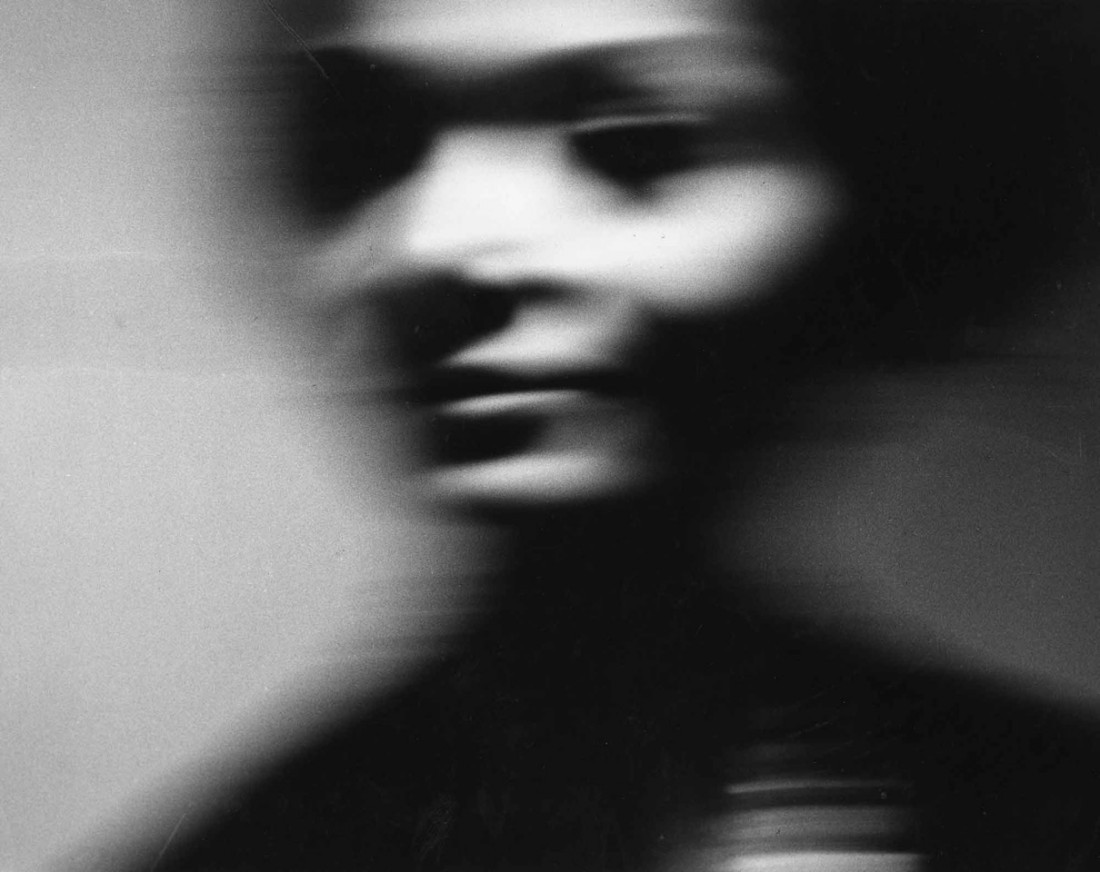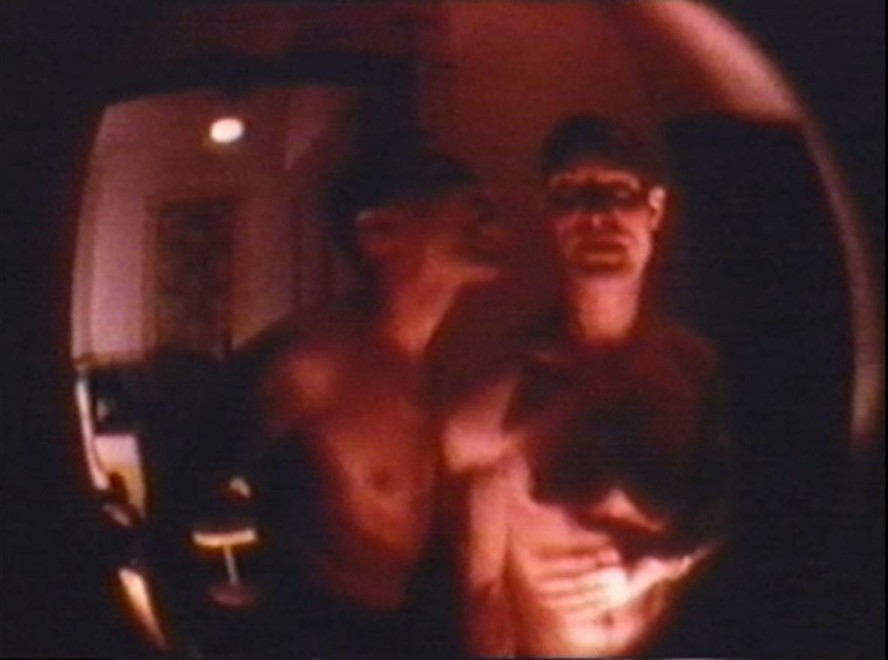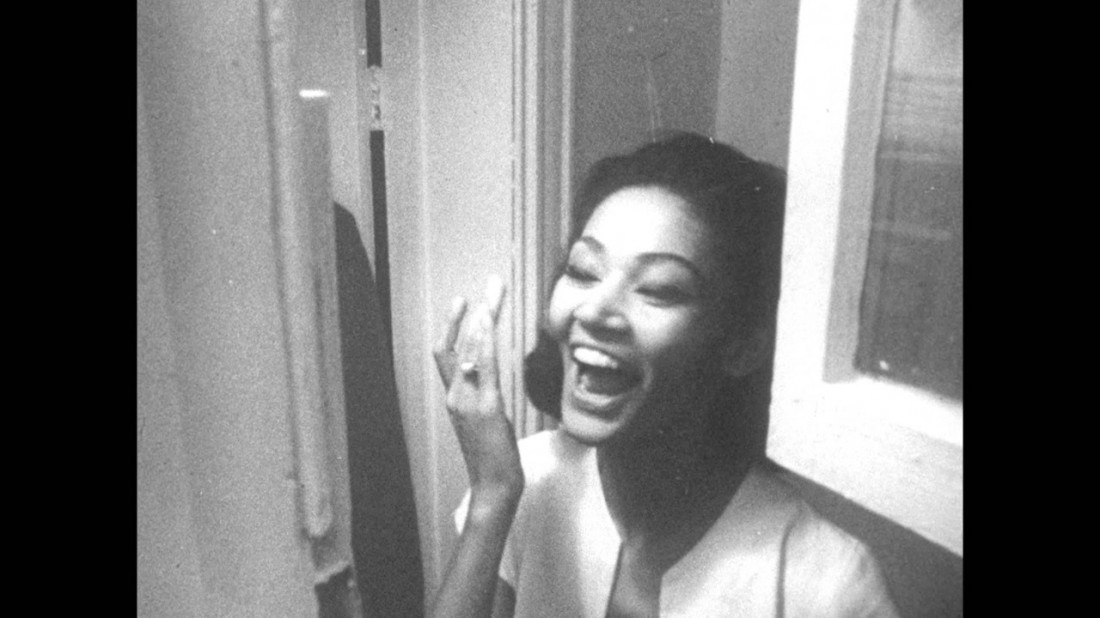Queerer than Netflix
MediaQueer’s online database curates and preserves film
When’s the last time you watched something on Netflix? If the answer is anything from two hours ago to “Gilmore Girls is playing in the background right this minute,” you’re not alone.
For Jordan Arseneault, the coordinator of MediaQueer, the recent change in the way we consume media is all the more reason a Canadian archive for queer film is needed.
“We’re at a place in history where digitally available work is disproportionately easier to find than significant works from before the digital era,” Arseneault says.
The more people are reliant on free and subscription streaming, the easier it is for anything not digitalized to get lost.
“The Queer Media Database exists to preserve the availability, the memory and the conversation around queer work that isn’t necessarily available from a Google or a Netflix search,” Arseneault says.
The database is growing and as of right now provides users with free access to more than 1,300 works of queer moving image art.
Instead of a be-and-end-all archive, MediaQueer is approaching its curation as a dialogue with the community.
On Oct. 14, they presented a workshop called Pumping Up the (Data)base at the Video Pool Media Arts Centre, where they invited attendees to explore the art that’s available, and to help bring to attention what might have been left out.
“You don’t have to be queer, you don’t have to be a film expert, you don’t have to be a filmmaker to come to the salon,” Arseneault says.
“It’s really for everyone: students of film, students of gender studies, students of feminist studies. Anyone who’s interested in any of the overlapping themes that are represented in the database: marginalization, trans issues, two-spirit issues, incarceration, HIV, queer people of colour, representation. There are just so many things that we can explore.”
The following night, as part of Reel Pride Winnipeg, MediaQueer screens A Day in the Life of a Bull-Dyke by Shawna Dempsey and Lorri Millan at the Gas Station Arts Centre.
Arseneault says the film is an example of the humour, originality and emotional intelligence of Winnipeggers’ queer work.
“We’re trying to present things that we feel are being underrepresented elsewhere,” Arseneault says.
A few other titles included on the Oct. 15 screening are Bruce LaBruce’s I Know What It’s Like to Be Dead, and Claude Jutra’s À tout prendre.
“À tout prendre is the oldest Canadian feature film with explicitly gay content,” Arseneault says.
“We also wanted to choose something explicitly political, because it happened that Reel Pride is just a few days before election night. That’s why we picked Janis Cole and Holly Dale’s film Prison for Women. It’s the story of women’s relationships in a Kingston prison so I guess it’s kind of like a documentary realist Orange is the New Black.”
With such an exciting selection of features, maybe we can all skip Netflix for the night.
Published in Volume 70, Number 6 of The Uniter (October 15, 2015)










